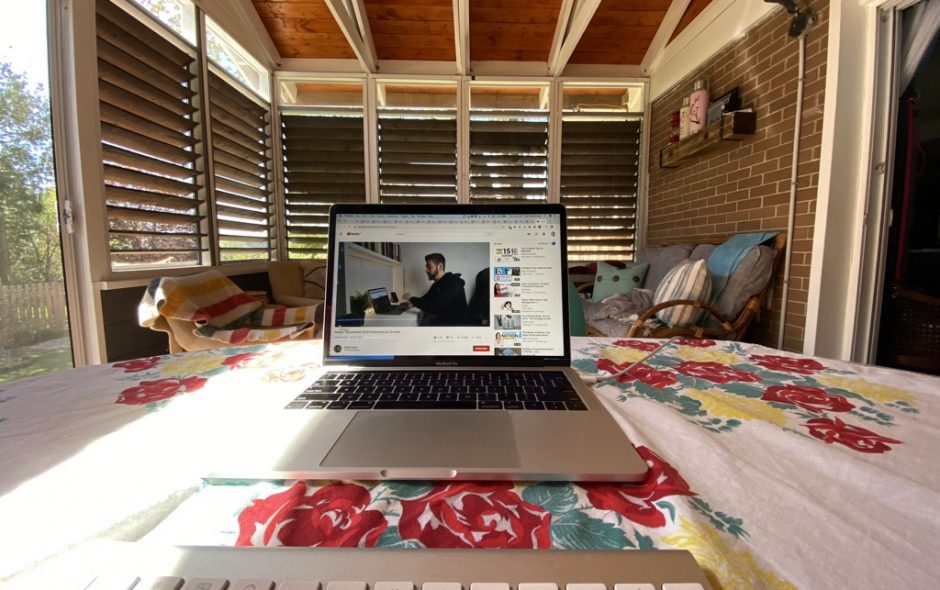I always take a window seat when I travel on an airplane — even if it means denying my kids that very joy. I love seeing the grind of the plane as it rolls down the runway, lifts off the runway and barrels towards the heavens as the earth gets instantly smaller. It is never lost on me — the miracle of flying is so cool.
There are those days, tho, when the plane is sitting in the middle of a rain or snow storm and the windows are thick with precipitation and it’s cold and dark. These ascents are the bumpy ones and I always think “this is what’s it’s like to be in an early stage company.” <– really, I do.
Let me explain.
Early stage is hard. Not just notionally hard, I mean physically, emotionally challenging. The kind of stress on the system that is unique and acute. Going through those early days/months/years is akin to that plane barreling down the runway in a rain storm. Every bump felt, every drop hitting getting harder and harder. With every meter movement forward the stress gets worse and worse. Getting off the ground takes absolute power, strength, planning, commitment and, in the case of a startup, great timing and tremendous pain.
Then come the thick blanket of storm clouds that the plane rolls through. Turbulence. There’s a reason you keep your seatbelt on during ascent. The plane bounces and heaves as it makes its way up, up, up. For a startup, once off the ground, the real work begins. It is this real work, through those storm clouds and gravity trying to bring you back down to earth, that makes or breaks it.
Once the plane cracks the plain of the cloud cover it becomes a different world. The sun is shining, the air is clear, no more storms, no more bumps, just miles of visibility. It almost feels like there is nothing else up there but the airplane. This is where great companies end up when they’ve hit product/market fit, built the right technology that solves that elusive problem for the right customer, lined up the right financing, built the right team and are growing in the right way. You have the wind at your back and momentum in your favour.
When a startup is in that rarified air it can do no wrong. It is the talk of the town, the media is glowing, the CEO is everywhere, investors want in, people want to work there, customers refer customers because that startup at that moment owns the air. Owns the conversation. Owns the momentum. As a startup, this is what you’ve fought for the entire ride.
The problem is that, just like being in an airplane, all things must land.
As with every trip, eventually the plane must descend back through the clouds and land. The momentum for startups is fleeting and It is this brief time that good companies become great companies by leveraging momentum and bad companies listen to their own press and miss their moment.
To make momentum work is hard work. Harder yet is to use the momentum to turn the startup into an actual company.
